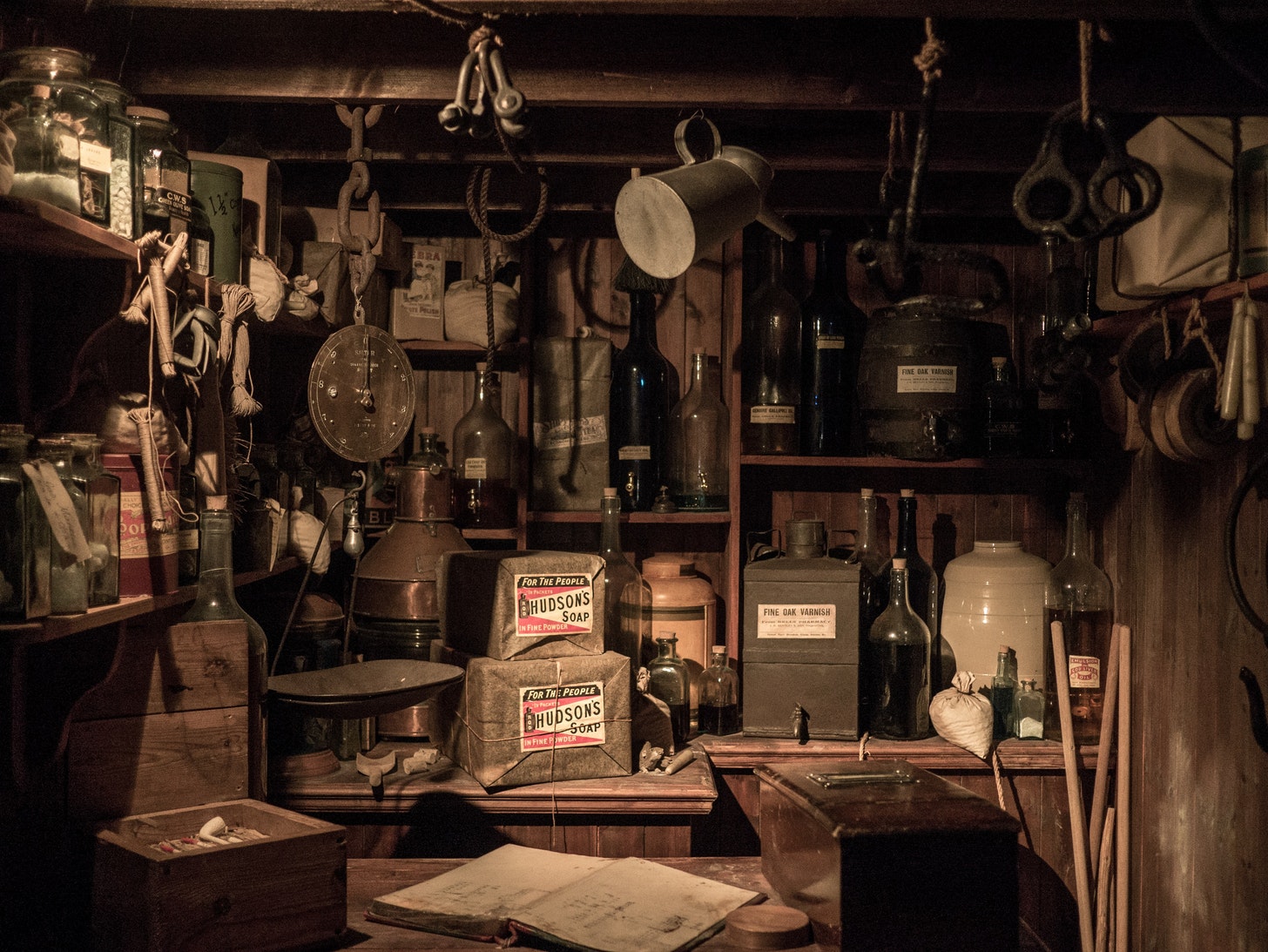
In spite of the current difficult times (wars, protests, pandemic…), and from an information and technology accessibility point of view, we live in a wonderful time. On the one hand, regarding knowledge, anyone with a decent internet connection and sufficient time can learn everything on the internet for free. On the other hand, the maturity of technologies and means of production allows today to put in the hands of ordinary people real jewels that allow them to develop/experiment in their garage projects worthy of big laboratories and companies. Remember that the Apollo Guidance Computer, the on-board computer that put men on the Moon, has 72 kb of read-only memory containing all the programs, 4 kb of random access memory, and a processor with just over 5,000 NOR gates.
In this issue, I would like to share with you four amateur projects that caught my attention, not only because of their technical prowess but also because they chose to share details on all their experiments for free:
- Hojun Song developed a CubeSat, all alone in his basement. Discover the trailer of a documentary that documented the adventure of this young Korean artiste here. He is also the founder of the Open Source Satellite Initiative.
- Joe Barnard develops models of SpaceX launchers. With a musician backgorund, he discovered his passion for rockets quite late and decided to learn everything by himself from the internet and books. I invite you to visit his youtube channel where he shares his experiences and documents his progress.
- Dobson’s telescope is a Newton telescope mounted on an azimuthal mount. It was invented by the monk and later American amateur astronomer John Dobson, who found commercially available telescopes too expensive. This telescope can be built by anyone from scratch or purchased online and presents an impressive price/performance ratio. Photography of nebulas is a bit complicated because of the azimuth mount, but if you are a handyman, this is a very good telescope to start with.
- Copenhagen suborbital is a non-profit and open-source association whose goal is to achieve a suborbital flight with a crew. On August 4, 2018, they launched a rocket from the Baltic Sea which reached an altitude of 6,500 m. If Copenhagen Suborbitals achieves its goal, Denmark would be the fourth nation to send a human being into space after Russia, the USA, and China!
END OF TRANSMISSION.